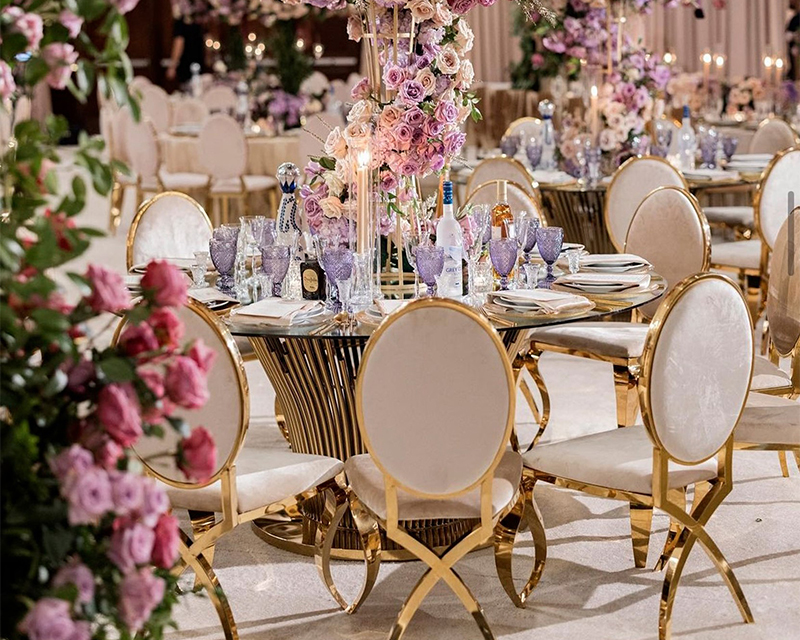Some Foremothers, and Fathers
In the beginning, American style was largely described by what it wasn’t: European.
As Elizabeth Hawes, a sketcher turned journalist turned designer who went to Paris in the 1920s as a “copyist” — a patternmaker employed to copy French types to be bought in the American market — wrote in her basic memoir-treatise, “Fashion Is Spinach,” just one of the greatest achievements of the French was to encourage the globe that their apparel design was the only real garments design and style, their savoir-faire intrinsic to the essence of stylish. Thus began a parade of American designers — Charles James, Key Rousseau Bocher (whose identify someway went from staying pronounced “Main Bocker” to staying pronounced “Man-bo-shay”) — hying on their own to Paris to get the endorsement of the Gallic institution and as a result affirm their legitimacy.
The initial designers who turned their Americanness into an asset — Ms. McCardell, Bonnie Cashin, Rudi Gernreich — did it in section by presenting an substitute to the very structured and class-dependent traditions of French dressmaking, which dictated design from head to foot. They utilized zippers (zippers!), patch pockets, ponchos they elevated everyday components like denim and gingham and the white shirt. The issue was to give outfits that could be blended and matched to fit the wearer and the context — dresses that could liberate them from the dictates of a solitary designer or the confines of the fit or the requires to adjust several situations a day. Later on Mr. Gernreich even liberated the breast from the swimsuit.
That is when the sportswear stereotype was born, described by the suggestions of “practicality” and “functionality” and “utility,” which connect to the romance of the pioneer and the self-created. Even then, though, that was an extremely simplistic generalization. For every single McCardell there was an Adrian, who came from the Hollywood custom and experienced minor truck with basic principles.
Continue to, sportswear remained the dominant ethos, location the phase for the Struggle of Versailles, when Halston (who famously freed the overall body even even more), Stephen Burrows, Monthly bill Blass, Oscar de la Renta and Anne Klein triumphed in excess of Saint Laurent, Givenchy, et al. And they, in switch, paved the way for the technology of large brands that arrived following — Calvin Klein, Ralph Lauren, Donna Karan — with their emphasis on minimalism, physicality and countrywide storytelling. A contemporary wind was a-blowin’ as a result of the musty corridors that Paris occupied in customer minds.
This narrative went in and out of style. It bought Michael Kors and Alexander Wang (to name two designers) to Celine and Balenciaga, but could not keep them there, considering the fact that what was initially framed as a constructive inevitably grew to become (at minimum in vogue) a code for “not as creative” or “not as artistic” or the even far more pejorative “commercial.”




